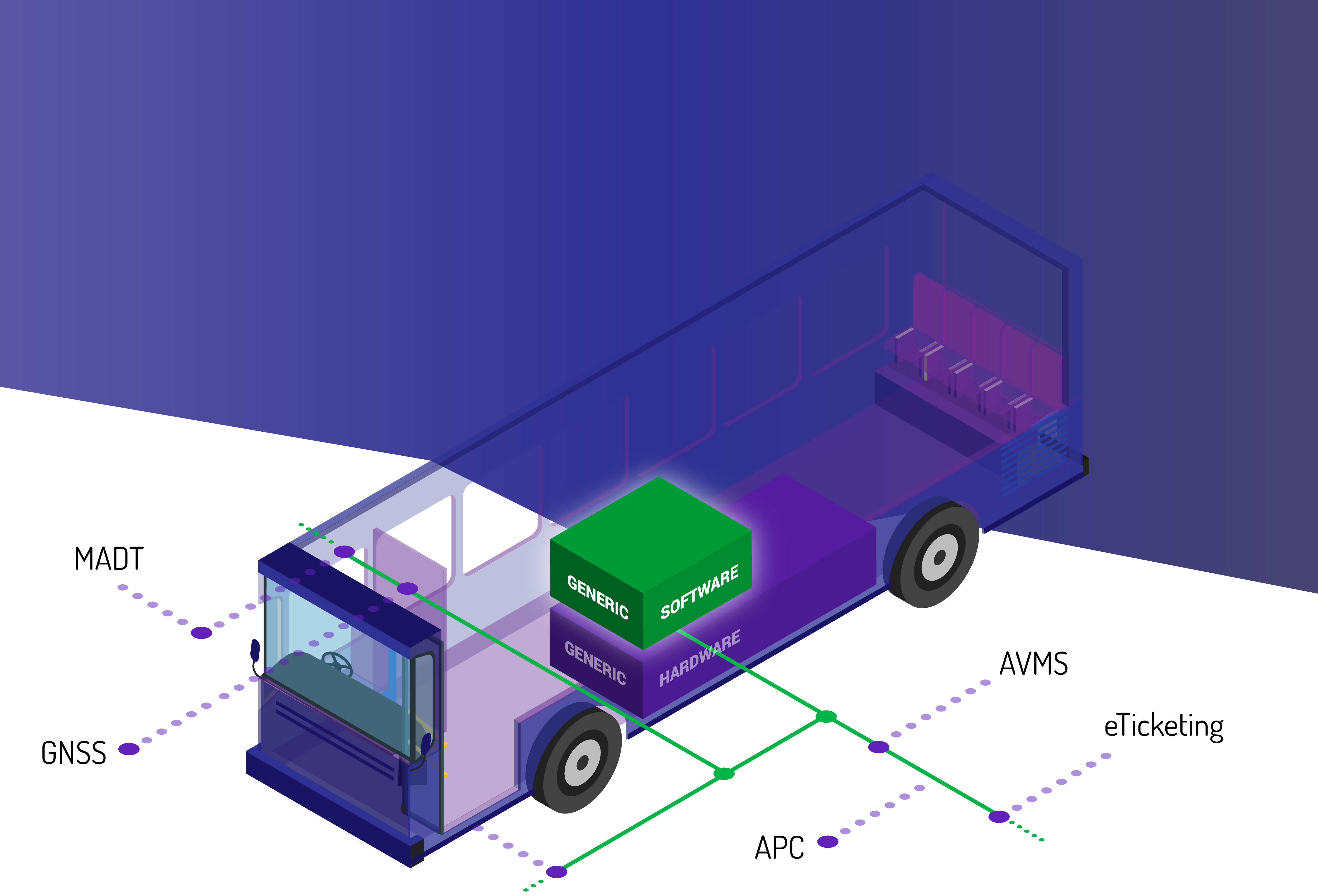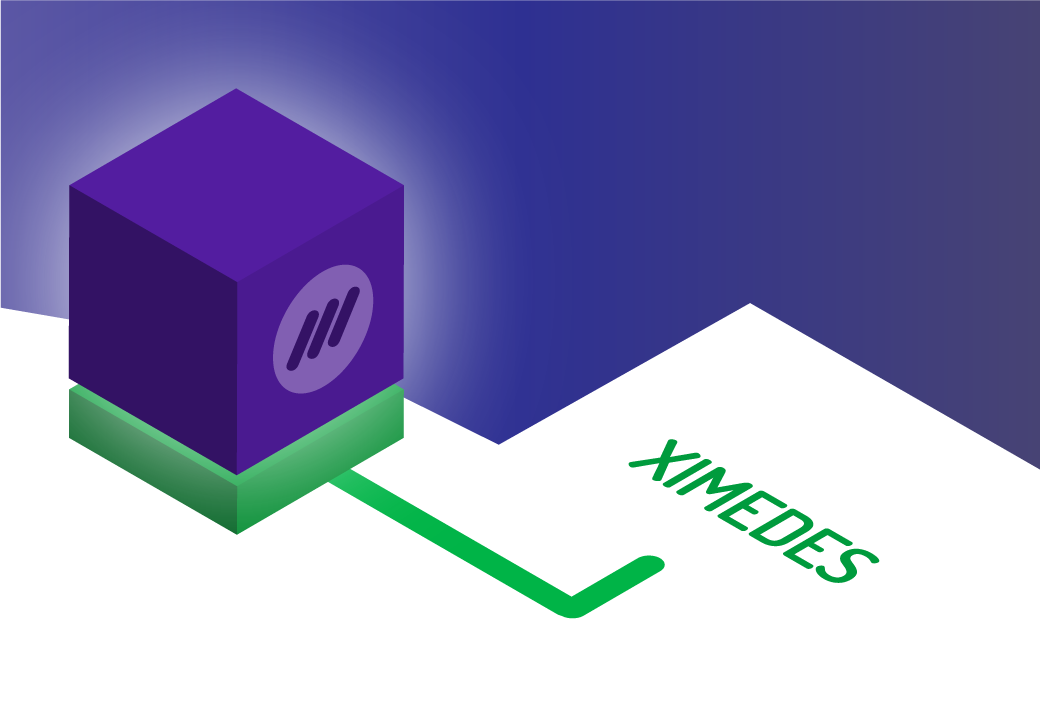
Generic Vehicle Architecture

The challenge
Operating, maintaining and changing a Public Transport Vehicle (PTV) is complex and expensive, due to the lack of standardization of the individual hard – and software components.

The Solution
By enabling a data exchange between functional components and underlying services, the vehicle turns into a Local Area Network (LAN). The communication between the services is IP based and is standardized, in accordance with prEN13149-7.

The advantage of GVA
or the PTV operator, it will be easier to:
- Integrate new services
- Develop new components
- Save cost & minimize risk
- Increase efficiencies on operation & maintenance
- Provide up-to-date, dynamic intermodal passenger services

The role of Ximedes
Ximedes has realized a Generic Vehicle Architecture, based on the prEN131419-7, which covers the network topology, basic network services, a system overview, addresses schematics and a basic module architecture.
Save cost and regain control
Running the specific services on a vehicle is complex and the lack of standardisation is resulting in high operational costs. To regain more control and reduce the risk of changes at the same time, GVB has decided to choose for the development of an own IP based communications platform for their new and existing fleet of vehicles.
Vehicle own LAN
An Internet Protocol based Integrated Onboard Information System (IBIS-IP) will be deployed, so that the different devices - using the same protocol - are on one infrastructure, as opposed to having multiple infrastructures, back-offices and on-board units.
EBSF project
The IT architecture developed in the European Bus System of the Future project (EBSF) has paved the way to cost effective deployment of digital systems on board public transport vehicles and for back office applications, securing open environment and constant competition. This standard IT architecture for Public Transport specifies communication protocols and hardware interfaces to offer a full interoperability of IT systems in PT applications.
Implementation at Amsterdam's GVB
The platform is being developed for GVB, the PTO of Amsterdam. As from mid 2019 the newly ordered trams will be fitted with the GVA system. Also in 2019, the existing vehicles of GVB will migrate to the new set-up.
The Generic Vehicle Architecture: Ease of Implementation & Integration using Global Standards.
